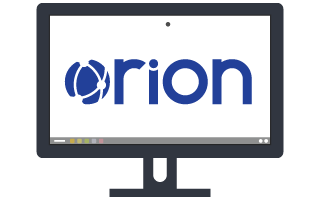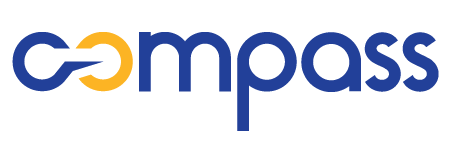Orion is a web-based system designed for industrial assets management supported by reliability engineering in accordance with ISO 55.000 and PAS 55.
The system allows full integration with databases such as CMMS (SAP, Maximo, etc.), shutdown registration system, PINS, condition monitoring, and other sources of information. The system has tools for reliability analysis and also integrates with other expert analysis tools.

The system is structured by the following modules:
- Management
- MoC
- Assetbook
- Triggers
- Analysis
- Improvement
- Forecast
- Production
- KPI/Dashboard
- Preventive
- Report
- Users and Groups
- Search
- Administration
Asset Management Cycle
Connects the organization’s strategic planning to the asset management system supported by performance indicators that span the asset’s life cycle. It allows the organization of the main documents required by ISO 55001: Scope, Asset Management Policy, Stakeholders, SAMP (Strategic Asset Management Plan), Goals, AMPs (Asset Management Plan) and System Indicators.
MoC (Management of Change)
Structured process to monitor and control any change that impacts the company’s strategy and its asset management system.
Assetbook
Gathers asset information such as photos, location in the functional structure, date of acquisition, service orders, maintenance plans, analysis performed, performance indicators, contingency plans, etc.
Triggers
Triggers to support asset management that include: asset performance triggers*, failure triggers based on expressions defined by the user and, triggers based on asset management indicators.
* MTBF, MTTR, availability, costs, etc.
Analysis Modules
Orion is an asset management system supported by the quantitative and qualitative methodologies of reliability engineering. These analysis support precise decision-making processes in organizations. The Orion reliability analysis modules include the following:
- Life Data Analysis – LDA: Module for the analysis of asset reliability and maintainability
- Reliability Growth – RGA: Module for the analysis of the MTBF trend
- Visual Analysis – RCA: Module for structured analysis to eliminate recurring faults by identifying its root cause. It includes the following tools: Brainstorming, 5 Whys, Ishikawa Diagram, Cause/Effect Analysis and RCA.
- Spare Part Forecast: Module for the analysis of the optimal quantity of spare items
- Degradation Analysis – DA: To estimate the life of items from the condition monitoring data.
- Integration with other Analysis Tools: A module that allows integration with other expert tools in reliability analysis and related subjects (for example: ReliaSoft software such as BlockSim, RBI, RENO, Weibull++, etc.).
Improvement Plans
Allows the creation of improvement plans and asset management plans. It allows the monitoring of the actions’ evolution by means of the portals and by sending emails to those responsible and involved. It also provides a panel to monitor the ROI of all improvement projects.
Reliability Forecast
Allows the monitoring of the probability of future failures based on asset reliability and criticality.
Production Module
To analyze the OEE (Overall Equipment Effectiveness) and classify losses.
KPI/Dashboard Module
Allows the creation of a custom indicator panel for each user to monitor the assets that under their responsibility. It allows the detailing of the indicators to the lowest level of the system’s hierarchy.
Preventive Module
Determines the best periodicity for the preventive interventions, from the reliability curves and information of the maintenance costs.
Report Module
It allows the generating and printing several types of reports: number of failures, MTBF, MTTR, availability, production loss, costs, reliability forecast, consolidated view, among others.
Users Portal and Group Portal
Allows individual users or users linked to interest groups to manage and monitor all activities related to asset management, such as actions, improvement projects, analyses, reports, searches, etc.
Search Module
Allows you to search information on the system database by selecting tables and fields of related subjects; once created, searches can be published to specific groups of users or to the entire organization.
Administration Module
The administration module adds application configuration functions such as system list registrations, user and system configurations, management of data import processes and registration of access profiles and users.
